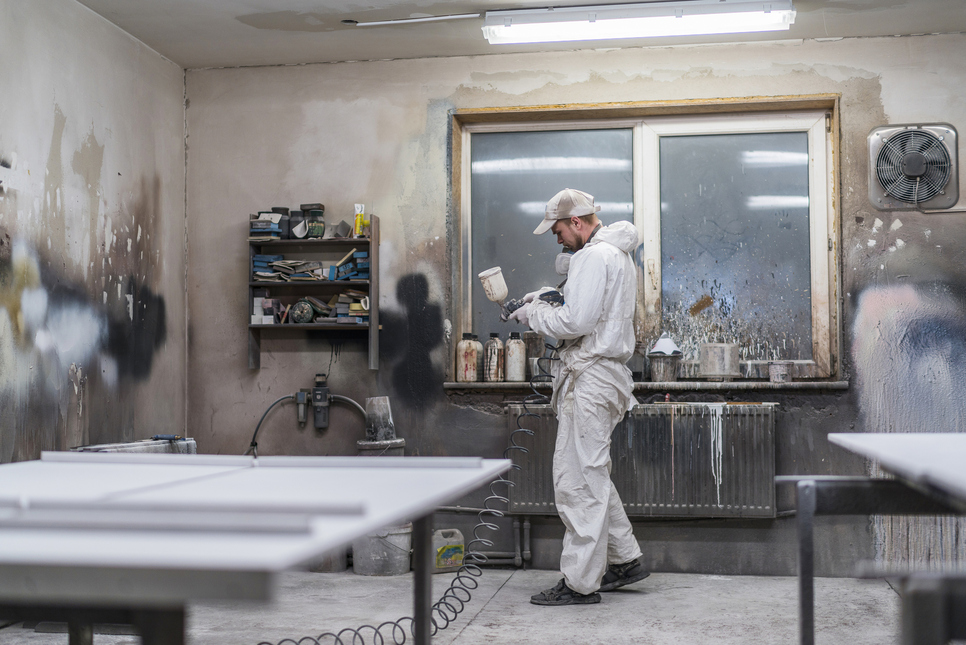Website Under Maintenance

Our website is currently under maintenance but our team are still here for you. For up to date pricing and customer support, please get in touch.
Free Next Day Delivery
On selected products ordered before 3pm
Click and Collect
Available within one hour on selected products
Best Prices
We'll Beat any Online Trade Prices
Fast & Free Technical Advice
For technical advice call 07583672586
TU0022/13 is the White FR PU Basecoat part of the Sayerlack Class 1 Upgrade and Class 0 TB Maintaining System. The TB system offers beautiful aesthetics and is effective in slowing down the rate of flame spread. It is perfect for interior panelling and furniture that require Fire Retardant properties. It is very easy to use, performs like a premium PU Primer and ensures excellent hiding power, good pore wettability and flow for use on fibreboard and solid wood. Apply by spray gun. Activation with TH0333/00.
FEATURES
Mixing Procedure: Part A Part B Thinner | Weight (Kg) TU0022/13 100 TH0333/00 50
|
Application: | Conventional Spray |
Coverage: | 150 g/m² |
Number of Coats: | 2 Coats Required |
Drying Times @ 20°C Dust Free Touch Dry Stackable |
5 Minutes 80 Minutes 24 Hours |
Sanding: | 24 Hours after second coat |
Overcoating: | 2 Hours |
Pot Life: | 1 Hour |
Solids: | 76 ± 1 |
Gravity (kg/l): | 1,220 ± 0,030 |
Viscosity @ 20°C: | 140” ± 10” (Din 4) |
VOC Content: | 329 g/l |
PREPARATION
For best results, we suggest preparing the surface using 240-320 grit stearate abrasives as they provide a higher efficiency than conventional. Ensure the surface is completely clean of dust and debris before coating.
APPLICATION
With good drying conditions and air circulation (20°C), a good build is achieved with two coats of 150 g/m² with an interval of 2 hours in between. Under these circumstances, the substrate can be sanded after 24 hours in readiness for TZ22**/13. Lower temperatures and higher relative humidity can lead to longer drying times, but it is possible to speed up drying using heated ovens.
AFTER CARE
Sayerlack TU0022/13 White PU Basecoat can only be over coated with Sayerlack TZ22**/13 White PU Topcoat as part of a system.
ALTERNATIVE HARDENERS/THINNERS
OTHER
It is important to understand when using a PU Coating to check whether your full system is appropriate. IWC are able to advise you on spray equipment and materials to achieve the perfect finish. Please click the contact us button for advice.
Some types of glues may react with fire-retardant pigments contained in the basecoat and cause blooming. A preventive test is therefore always required to check the product’s reaction.
TU0022/13-6

Our website is currently under maintenance but our team are still here for you. For up to date pricing and customer support, please get in touch.